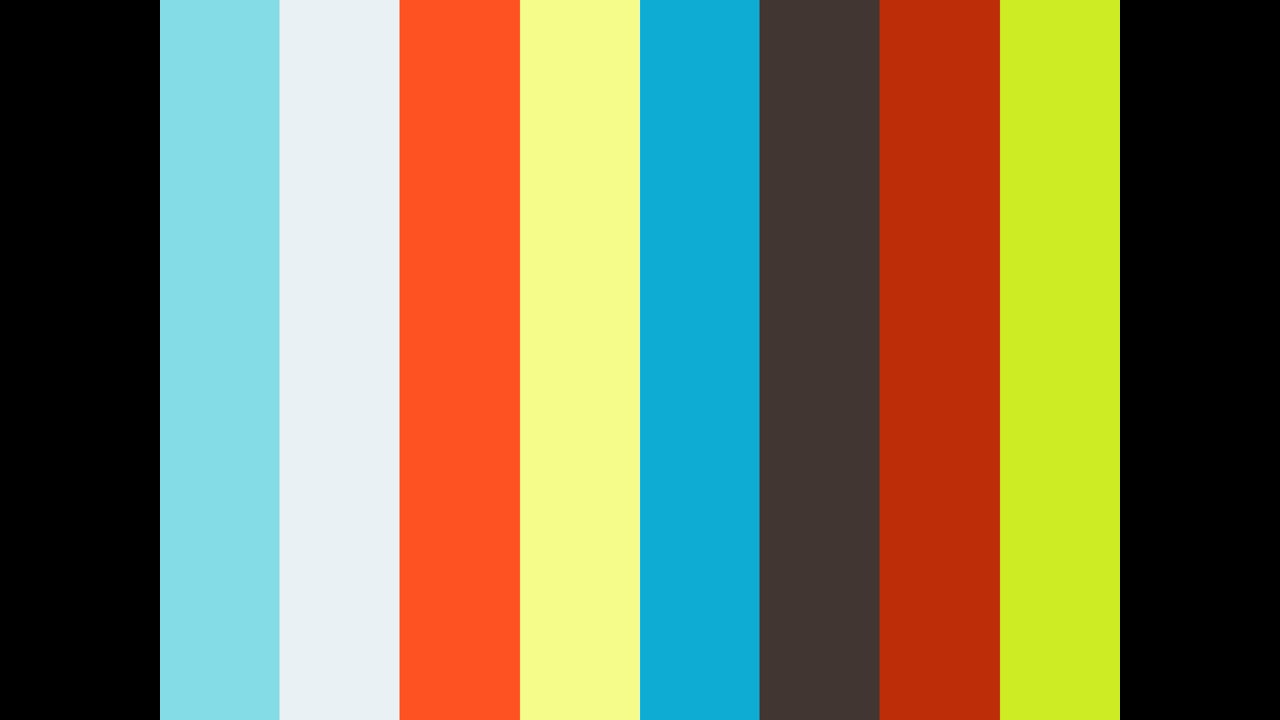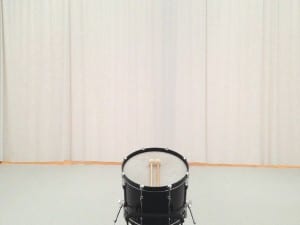This year’s second edition of world-leading museum conference, Communicating the Museum proved one of the most interdisciplinary yet, with speakers from design, architecture, academia, the arts and, of course, the museums sector, gathering in Canada’s Quebec City to share cutting-edge strategies to some of the world’s oldest institutions.
Turning up the volume of culture in public spaces to private foundations, Moment Factory design interactive installations using digital media, real-time effects and immersive games to activate exhibitions, shows and marketing campaigns. Amal Hazelton explains that the team gamify environments and incorporate connected objects, audio and visuals that react to the visitor’s movement – dismissing virtual reality as “something which has passed, or will pass quickly, where augmented reality will take over.”
Augmented reality has in fact been recently swept up at the National Gallery of Denmark (SMK) to activate a series of sculptures from the Royal Cast Collection which are hidden in the vaults, no longer on physical view: published in AR, six life-size works form a digital “cast court” within the SMK for those that download the app. In recent weeks, these casts have been “released to the public” in the form of 3D images as SMK Digital Producer Rine Rodin Flyckt explains, and are now available for anyone to download, re-purpose, customise and animate. The Digital Casts Project is part of SMK², a series of experiments between the Copenhagen-based museum and national artists, writers and creative students or practitioners, providing a contemporary slant on Denmark’s largest collection of artworks.
Whilst SMK is drawing in the notoriously hard-to-reach millennial audience through its own initiative, another New York-based organisation works independently to bring audiences into various institutions simply out of an unbounded adoration love – it would seem – for museums! Founded by Nick Gray, Museum Hack takes the definition of hack as to “to learn the system so well as to manipulate it and find a different outcome”, and with this, leads renegade tours through museums from MoMA to the American Museum of Natural History for those that just don’t think the museum is for them. Now running 20 tours a week in Washington DC, Chicago, New York and San Francisco, Museum Hack began as a sole pursuit with Nick taking friends on “alternative” tours, publishing the results on his blog, and soon going viral with over 1000 people keen to participate.
Re-imagining the adult experience with play, Nick’s guides range from stand-up comedians to physicists to musicians but, he says,“have one thing in common, they’re all damn good storytellers with an insatiable taste for research.” His own tour of MoMA, for example, includes an extraordinary tale of an unknown Duccio di Buoninsegna icon discovered in an Italian summer home basement, the MoMA director flown over on the redeye to view, and with $45,000,000 “freed up” overnight to purchase, passed behind the auction desk of Christie’s, straight into the New York collection – the deal done in less than 48 hours.
Rather than look at the museum visitor as an individual to be educated in a certain canon, these innovative tours, collaborations and designs generate a two-way discussion about how the museum is relevant to contemporary life. Speaking at CTM about their book chapter Adopting Empathy: Why Empathy Should Be A Core Value For All Museums, Jon Carfagno and Adam Reed Rozan would call this “developing an ambitious imagination” to understand others, while the curator of the 9th Montreal Biennial this year Sylvie Fortin advocates “curating based on openness not reciprocation or exchange” and rejects categorisation of audience members, with “hospitality a relationship with an indeterminable other.” Cultural practice is progressively moving beyond audience-facing projects to participation – Moment Factory developing theatre stages with integrated seats, SMK giving away the collection to the public, and Montreal Biennial designed around artist commissions with no prescribed outcome, multi-sensory participation and non-hierarchical hospitality – and with this change in experience, communications departments are urged to catch up.
Chloe Hodge
Communicating the Museum 2016 Quebec ran from 15 – 19 November. Find out more: www.agendacom.com
Credits:
1. Welcome Reception at Château Frontenac. (2016). Courtesy of Communicating the Museum Quebec.





